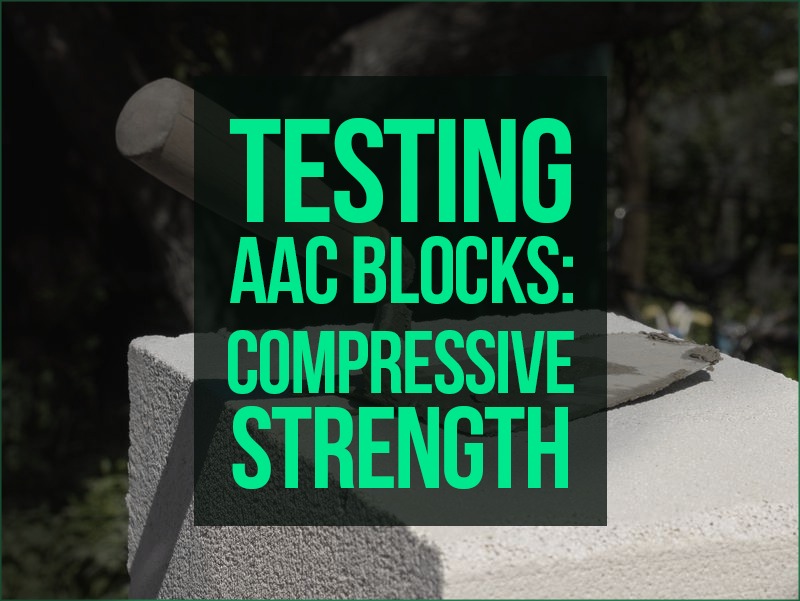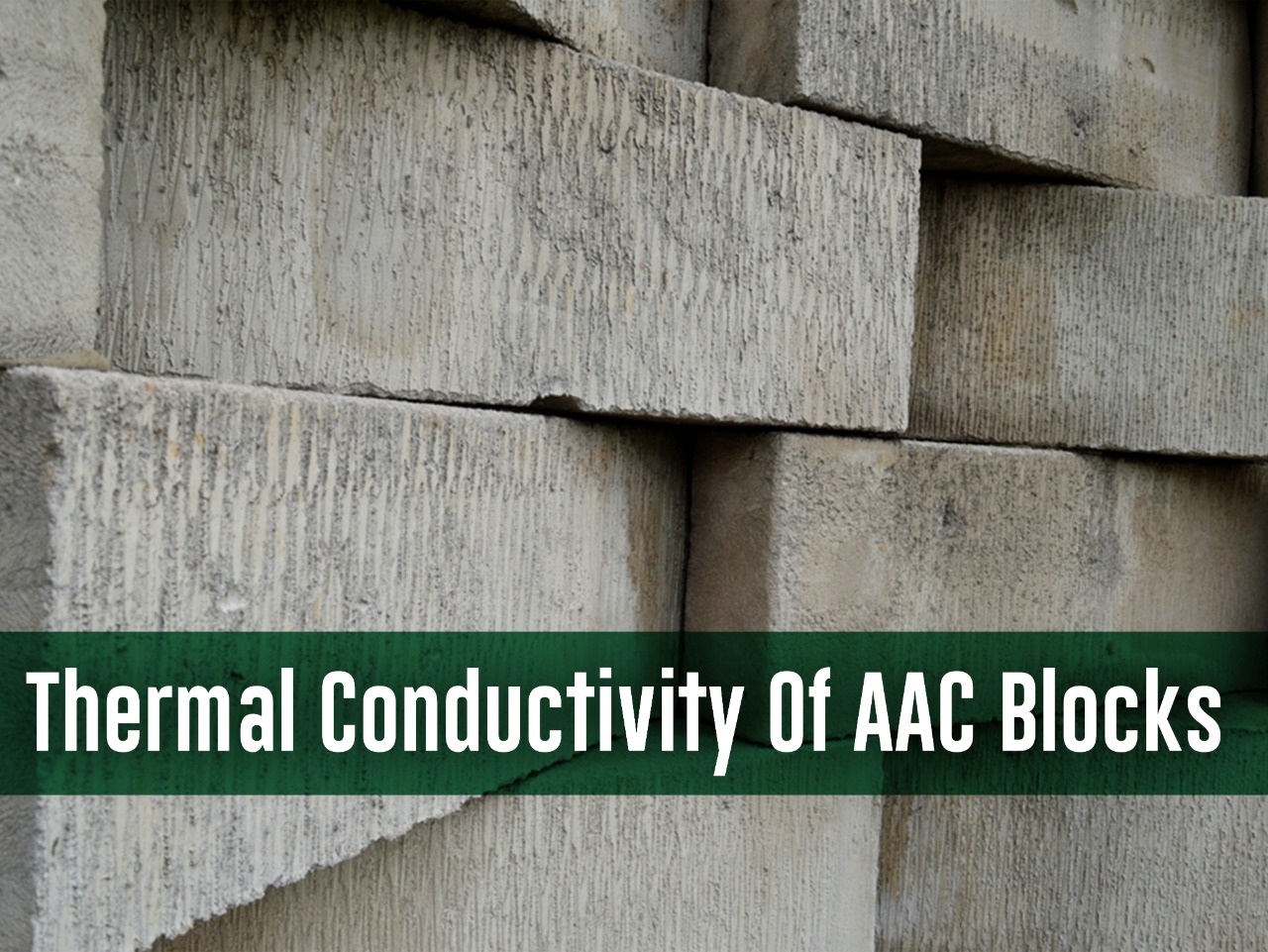
Testing AAC Blocks: Compressive Strength | Ecorex
One of the most important characteristics of AAC blocks for the user is their compressive strength. Despite the routine compressive strength test which is done under a CTM machine, another particular aspect needs careful attention. The IS code specifies that the direction of loading of the block in a CTM machine must be perpendicular to the direction of the rising of AAC blocks during the manufacturing process. We know that the length of an AAC Block indicates the direction of rising. After marking with arrows on the block, the blocks are then cut to the size 150 mm x 150 mm x 150 mm. Then the load in a CTM machine can be given perpendicular to this direction.
Another important aspect in testing the compressive strength of AAC blocks is that the least count of the CTM machine should be 2KN (or 2% of the ultimate load). The moisture content of AAC blocks during the compressive strength test should also be kept in mind. It must be 10% +/- 2%. This figure can only be achieved by keeping the sample in the oven at 105°C for the required period.
Test procedure for compressive strength:
Testing Specimen:
Specimen cubes with an edge of 15cm shall be prepared from the middle or lower portion of the sample block.
•The specimen shall be conditioned to a moisture content between 10 +/- 2 percent.
• The direction of the load shall be perpendicular to the direction of the rise of the mass during manufacturing or production.
• The maximum error of +/- 0.2 percent shall be permitted while reading of ultimate load and the compressive testing machine is hydraulically operated.
• If the testing cube is placed in the compression machine and the load is applied perpendicular to the direction of the slice at a rate of 0.5 to 2 kg/cm square, the failure will occur within a period of a mere 30 seconds.
Observation:
Reading on the scale is calculated by,
Compressive strength (stress),
where,
6 = compressive stress
L = Load applied in kgf
A = Area in cm sq.
Thus, we know that AAC Blocks are tested as per the corresponding IS codes which have specified 5 properties for the AAC blocks. They are -
Dimensional tolerance
Dry Density (IS 6441 Part 1)
Compressive Strength (IS 6441 Part 5)
Thermal Conductivity (IS 3346)
Drying Shrinkage (IS 6441 Part 2)
Each of these characteristics is tested using a varying test. Drying Shrinkage, Dry Density, as well as Compressive Strength, have different test procedures. However, the dimensional tolerance of the blocks can be easily checked with an accurate measuring scale.
Recent blogs

Thermal Conductivity Of AAC Blocks | U value and R value | ECOREX
AAC blocks were invented for keeping the building thermally insulated and keeping the heat out from the building. Let's dig deep into Thermal Conductivity of AAC Blocks.

Top 5 AAC Block Manufacturers In India
Here is a list of the top 5 AAC block manufacturers in India. Because as a property owner, it is advised to have a working knowledge of different AAC block manufacturers.

Testing AAC Blocks: Compressive Strength | Ecorex
One of the most important characteristics of AAC blocks for the user is their compressive strength. Drying Shrinkage, Dry Density, as well as Compressive Strength, have different test procedures. Let's find out more together.

Testing AAC Blocks: Dry Density | Ecorex
Most of the popularity that AAC blocks have gained over the years is due to their unique characteristic of being lightweight. This is checked with the help of a dry density test.
